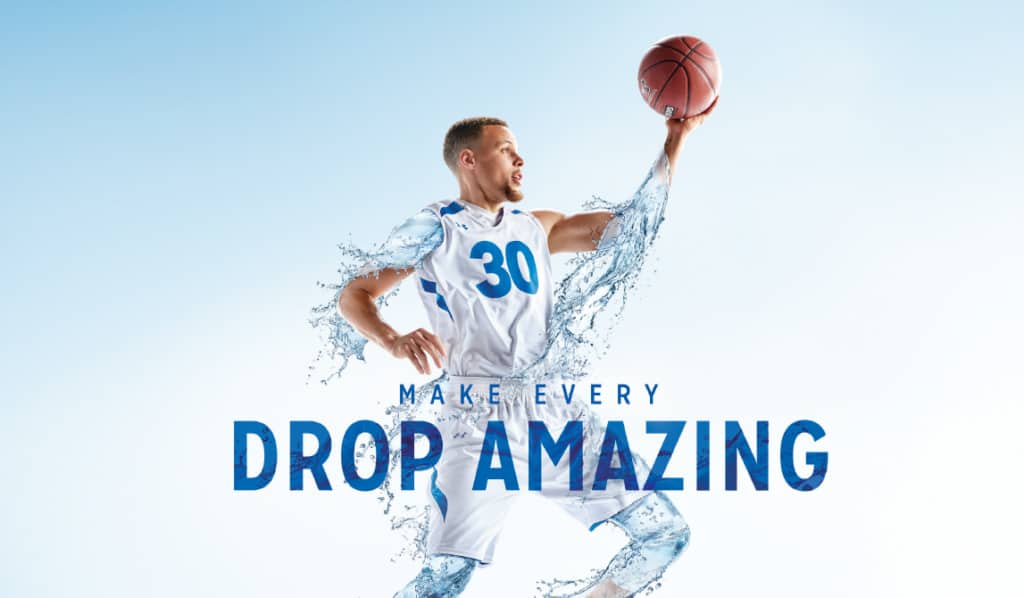Every marketer is trying to get someone to do something… Buy this slow cooker, take a test drive, use this shampoo, but don’t forget to use this conditioner too. Some of them are really good at getting us to do what they want. But most aren’t. And it isn’t for a lack of effort. Brands spend millions of dollars trying to become the most influential in their category, but few have actually achieved that goal.
And why? Because people are complex. We don’t make decisions based on reason, we make them based on emotions, most of which aren’t conscious. Our brains, as TED puts it, are “predictably irrational.”
So how does a brand get it right? In his article on the role of the subconscious in purchase decisions, Logan Chierotti, CEO of Physician’s Choice, writes that marketers must “help consumers achieve desired states of emotion,” and he’s right on the mark. As role model supreme Maya Angelou famously said, “People will forget what you said, people will forget what you did, but people will never forget how you made them feel.”
To get people to do what you want, you have to find emotional common ground. And to really stand out, brands must be role models, showing people how to achieve the emotional state they desire. Role models reflect who people want to be, which makes them irresistible. We look up to them, we want to be around them, we even imitate them. When you’re a role model brand, people don’t just want to buy you — they want to be you.
Here are the eight attributes of a successful role model brand.
1. You don’t just make things, you make things happen.
What you make is important, but what you make happen is often more important for brands who want to influence action. What you make happen is the emotional or even psychological benefit people get from using your brand. Is your messaging subverting a tired trope that boxes people into outdated categories? Are you changing or starting a much-needed conversation? Consumers will conflate the emotional weight of that bravery with your brand and be moved to align themselves with you.
2. You share your consumers’ deepest desire.
The feeling you desire should be the same as your audience’s deepest desires. The key word here is “deepest.” It’s the unspoken, often unconscious desired feelings that are most influential. Your audience probably can’t tell you what these desired feelings are because the language center is not connected to this part of the brain that makes decisions. You need an influential insight to get there. For example, when you discover that women think age spots are code for being unkempt, worn out, not in control, and not up to the task of achieving their goals, that their deepest desire is to avoid being misjudged as unable and unworthy, you realize that your desire must be their desire, which is to be a boss, completely capable, relaxed, and in control.
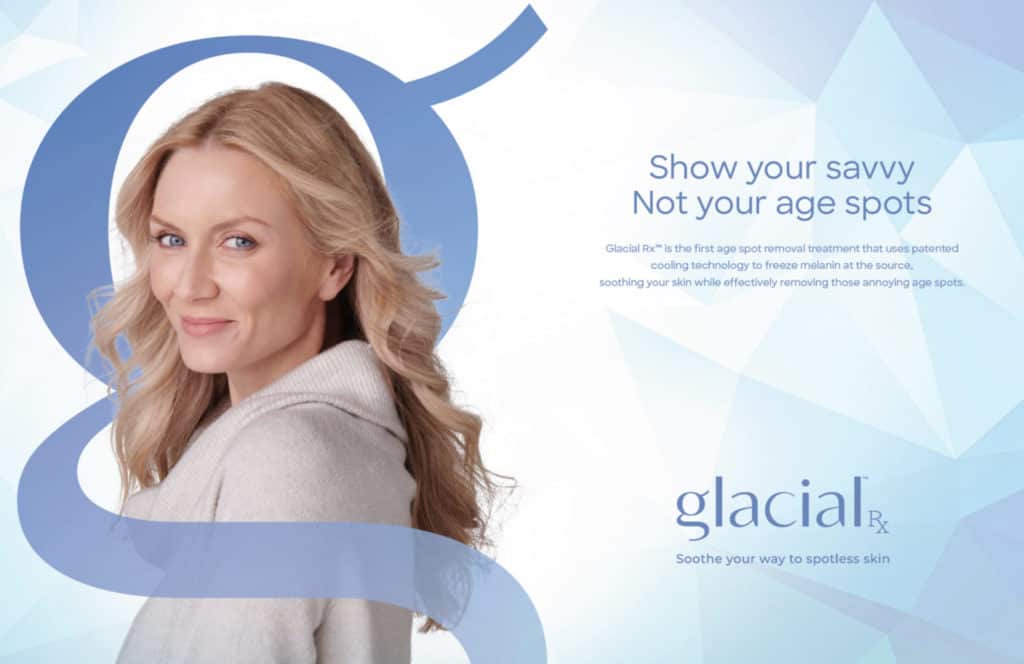
3. Your goal is clear.
Be overt about what you make happen. Make it clear. Don’t be ambiguous. Your brand should not be a head-scratcher. If people don’t get it, start over. Role models don’t leave you guessing or make you work too hard to figure it out.
4. You help your audience change or grow.
Behavior change requires raising positive anxiety. Role models do this by not just showing people what’s possible. They make people uncomfortable with staying the same. The most memorable moments of our lives often occur outside our comfort zones. A role model brand will encourage you to go there by raising your fear of missing out.
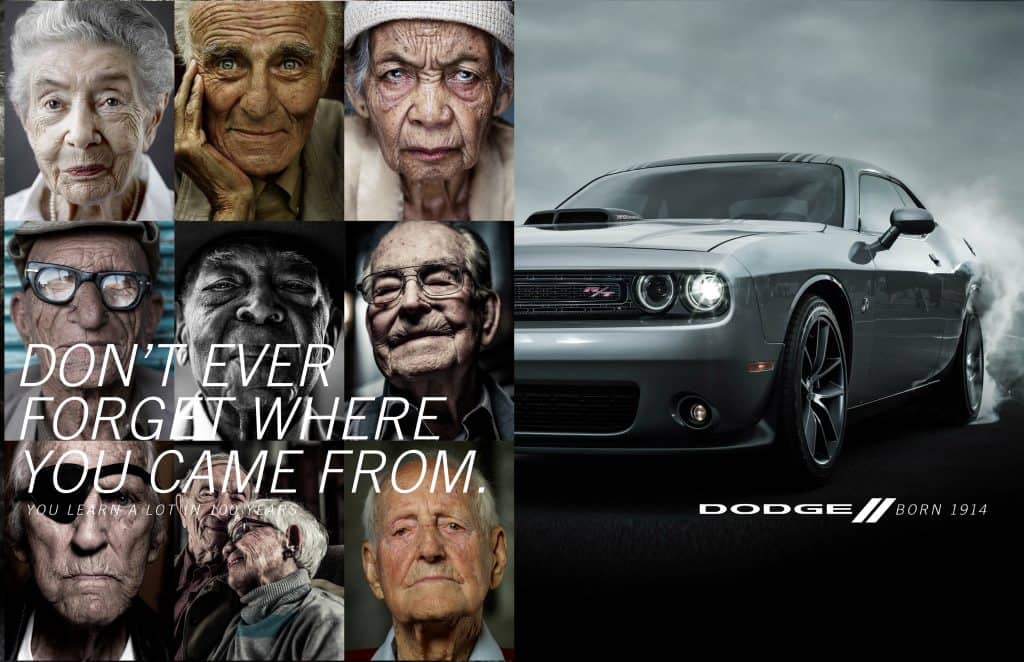
5. You hold up a magic mirror to your audience.
Reflect people’s aspirational self. Everyone has a fantasy self. It’s called their ego ideal. Who are they ideally? When they see you, they should see who they want to be. They should want to be you.

6. You are uniquely able.
Make yourself uniquely able to deliver on the feeling you role-model. What do you do best that your audience wants most? If you don’t have anything, use empathic innovation to get there.
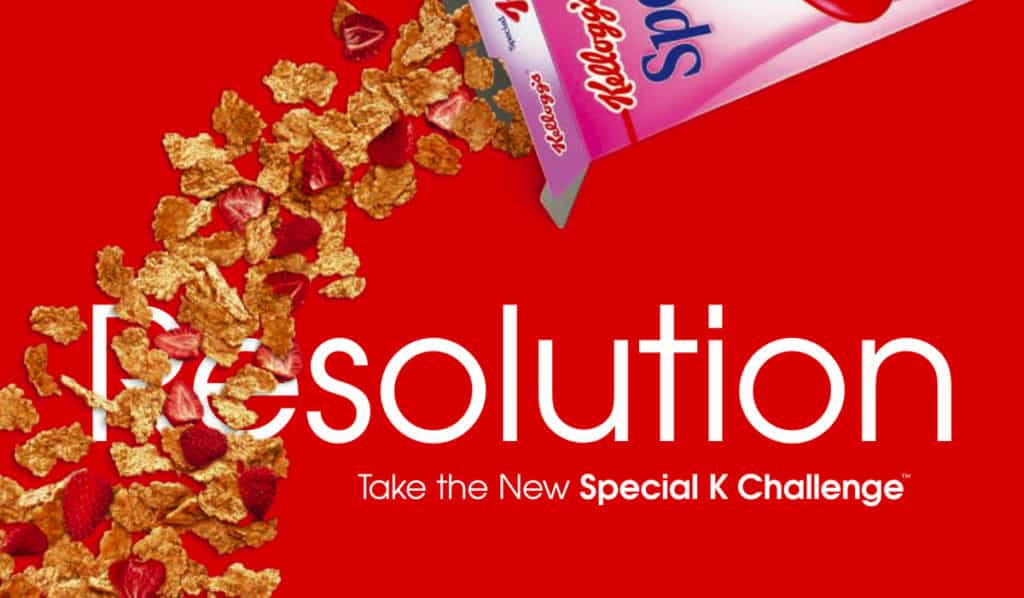
7. You never waffle on your ideals.
Know exactly who you are. Consider using brand archetypes. Identify your communication dos and don’ts. Stick to them. There are things your brand should and should never do and say. Without organized messaging, you risk coming across as confused or worse, fickle.
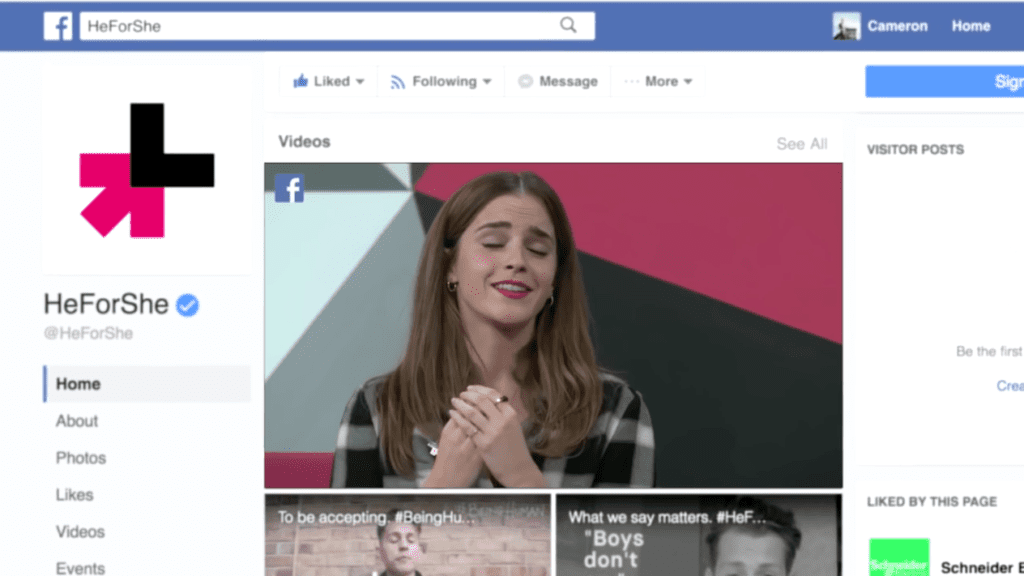
8. Your job is to provoke.
Role models are provocative, charismatic, attention-grabbers. You can’t miss them. They say and do things that others can’t or won’t. They are not afraid to go after what they want, even if what they want is a fantasy.
